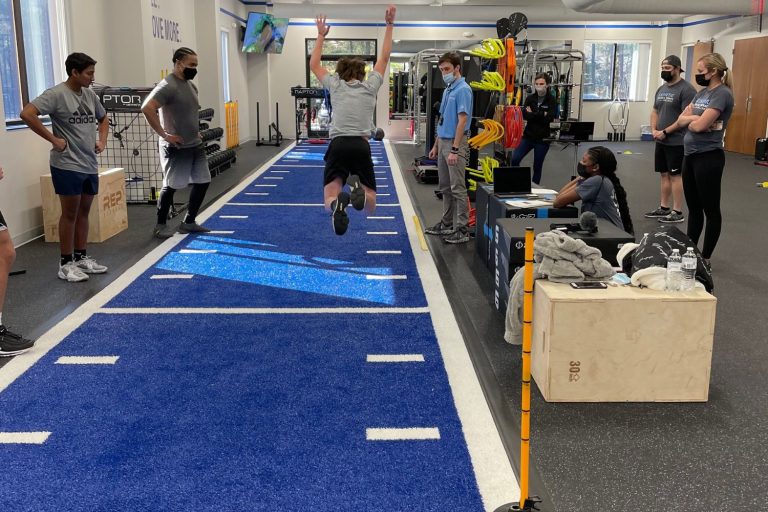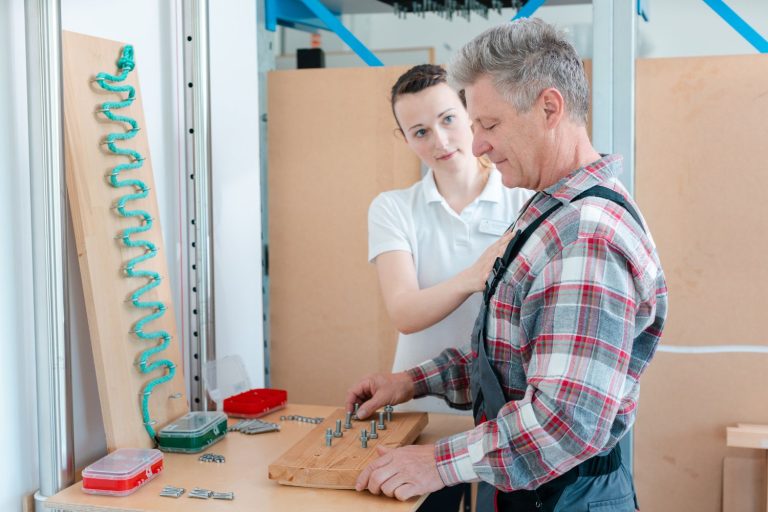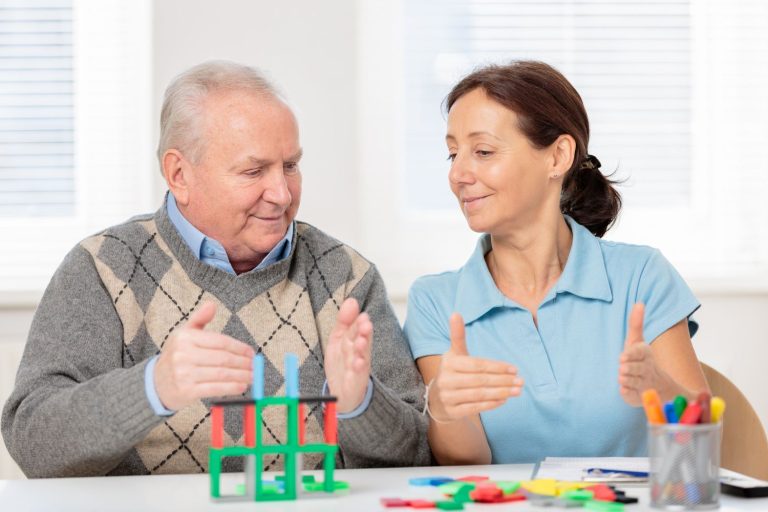To understand the effect of stress on the pelvic floor, imagine a balloon. The balloon is like our belly. If you squeeze the top of the balloon, the bottom is going to expand, and if you squeeze it hard and fast enough, it might just spring a leak, depending on how strong the balloon is. When we laugh, sneeze, cough, strain or lift something heavy, we increase the pressure inside our belly (called intra-abdominal pressure).
If the muscles of our pelvic floor are weak, fatigued or not working properly, it can cause enough pressure that they can fail to do their job of holding our pee, allowing a small amount to leak out. Another cause of stress incontinence can be due to weakening of the connective tissue that helps support the bladder and the urethra or the tube through which urine passes as it leaves the body.
Many of you have heard the word Kegel exercises. This refers to exercises aimed at strengthening the pelvic floor which involve “lifting” the pelvic floor. Studies have found that many people may need a professional to help them properly perform these exercises, but here are some tips to get you started.
You should be able to feel a tightening between the area where your pee and poop comes out which we refer to as the perinium. Now, think about the muscle you would use to stop the flow of urine. You can use a mirror while you do this and should see the vulva move upward or away from the mirror rather than towards the mirror.
If things are moving toward the mirror you are probably pushing down and should make an appointment with your pelvic health physical therapist. The next step should be to place your hand between your legs on your perinium. Here, you should be able to feel the muscle contraction. If you still have questions about whether you are contracting your pelvic floor muscles, make an appointment with your pelvic health physical therapist.
Once you have determined you are correctly performing your pelvic floor muscle contraction, you can practice engaging these muscles before you cough, sneeze or laugh. This helps reinforce the appropriate movement patterns and muscle coordination to prevent leakages.
Although we are talking about these muscles as a group, keep in mind that there are many layers of muscles involved as well as many different causes of urinary incontinence that may require seeking professional help if your symptoms worsen, become more severe, or more frequent.
Some daily activities can lead to weakening of the supportive tissues that hold the bladder in the best position little by little over time. These include straining, chronic cough, constipation or heavy lifting. It is important to address chronic cough and constipation to prevent weakening these supportive tissues and the pelvic floor muscles.
Other things you can do to improve your bladder function include: maintain a healthy body weight, avoid straining, eat a healthy diet including fiber and water to avoid constipation, and don’t “hold it” for long periods of time.
Remember, any unwanted loss of urine may be common, but is not normal and often can be corrected. If these tips don’t resolve your symptoms then see your physician or your pelvic health physical therapist.
So, let’s get back to belly laughter and all the other things you enjoy!
Your pelvic floor physical therapist can help with any of these conditions: stress incontinence, urge incontinence, pelvic pain, female athlete incontinence, healthy pregnancy, preparation for childbirth, post-partum, painful intercourse, pain with tampon use and pain with intercourse.











